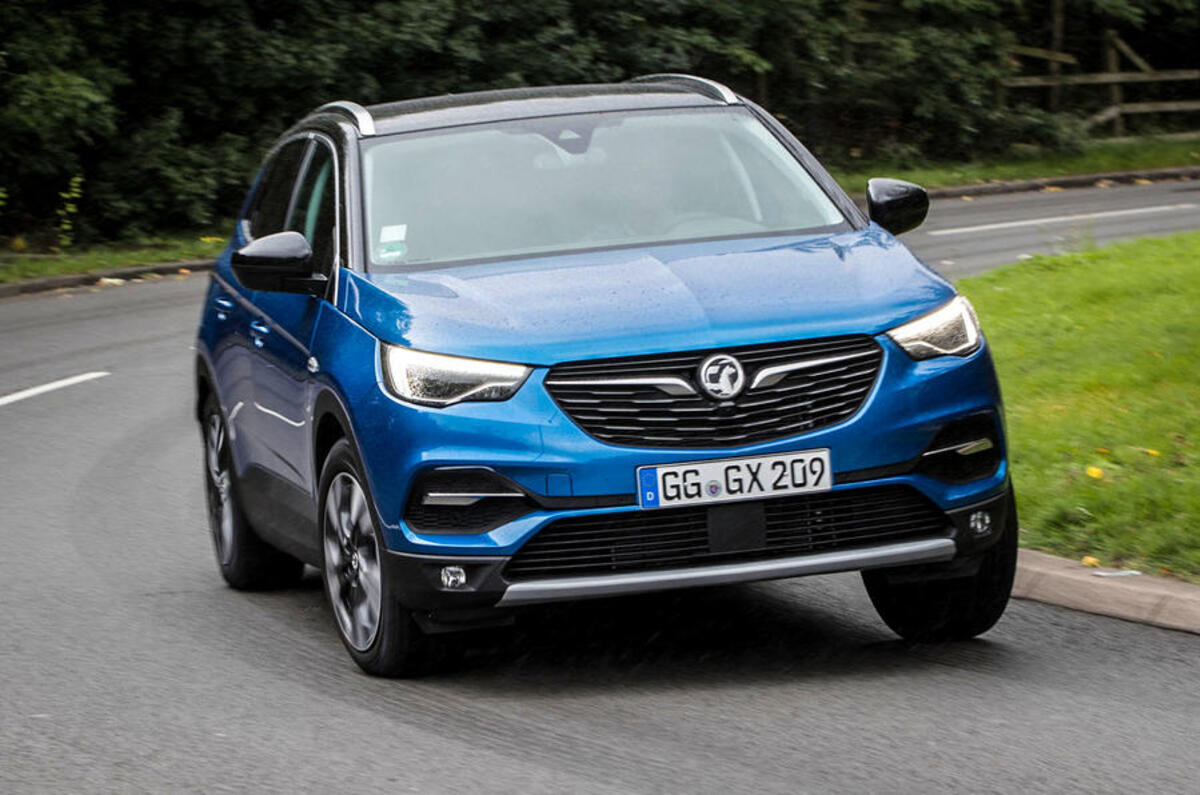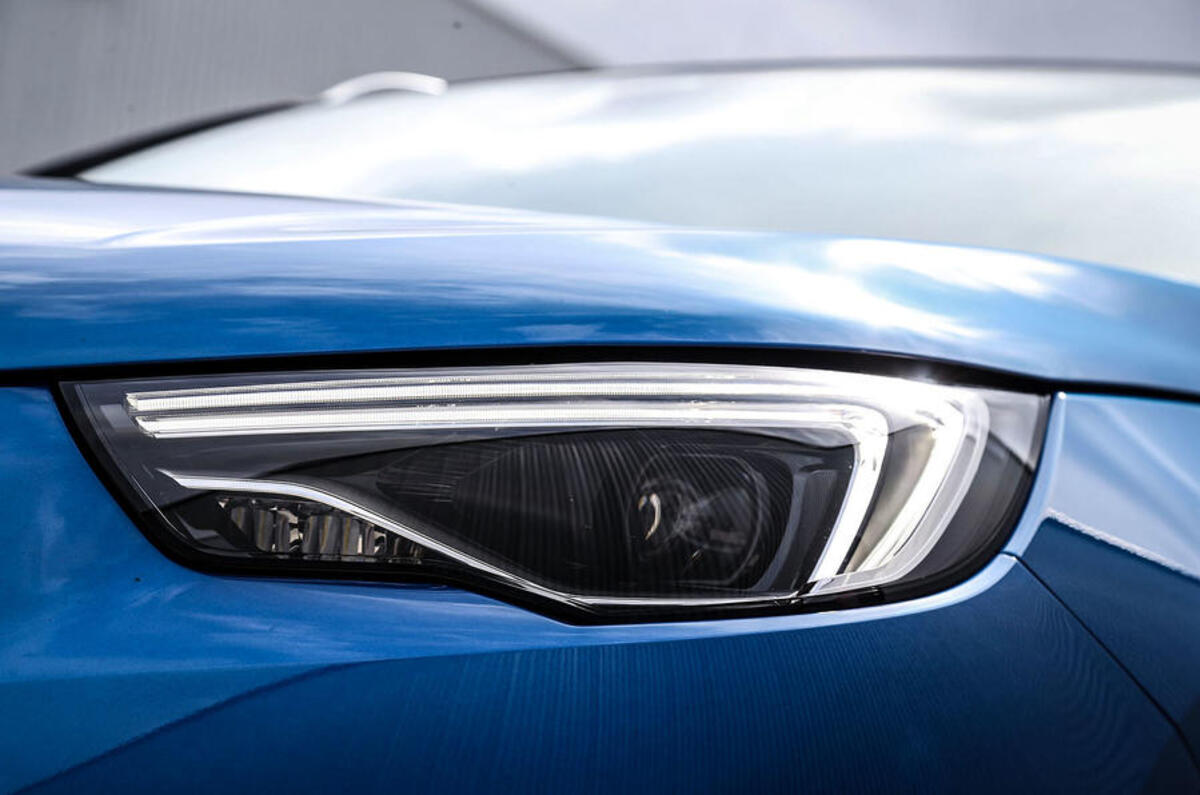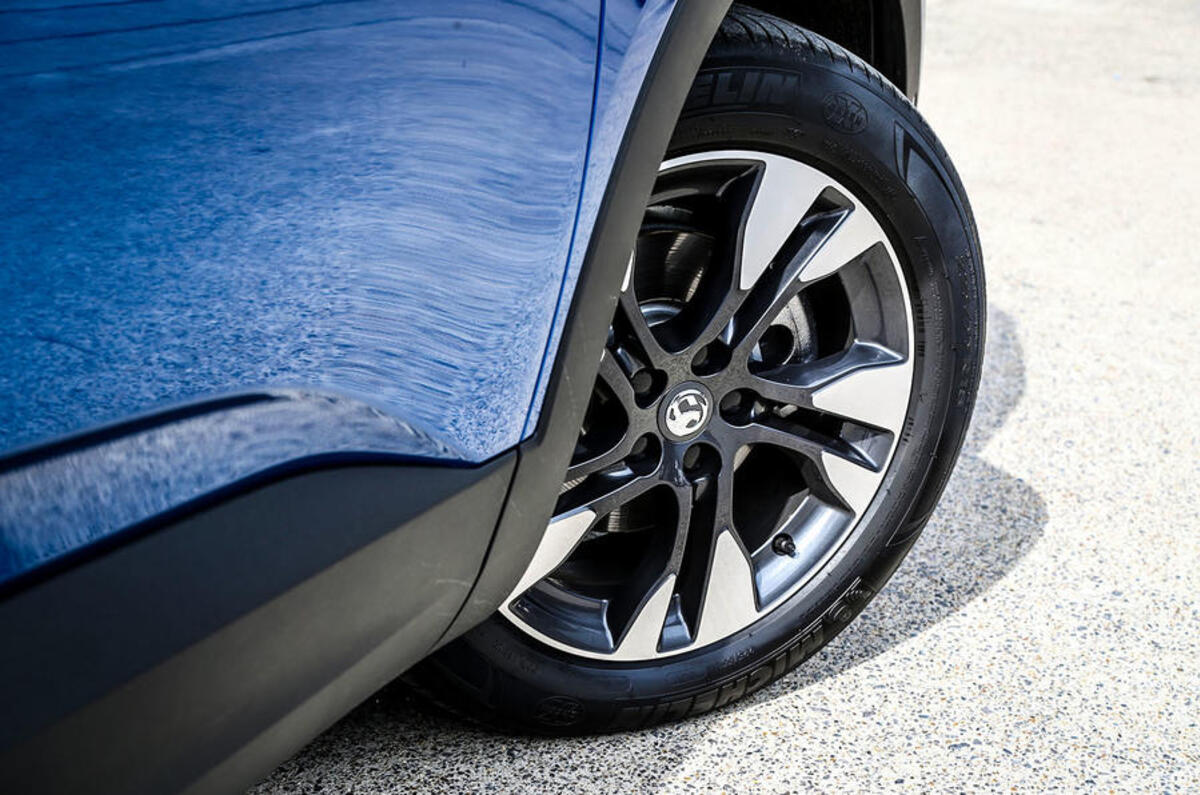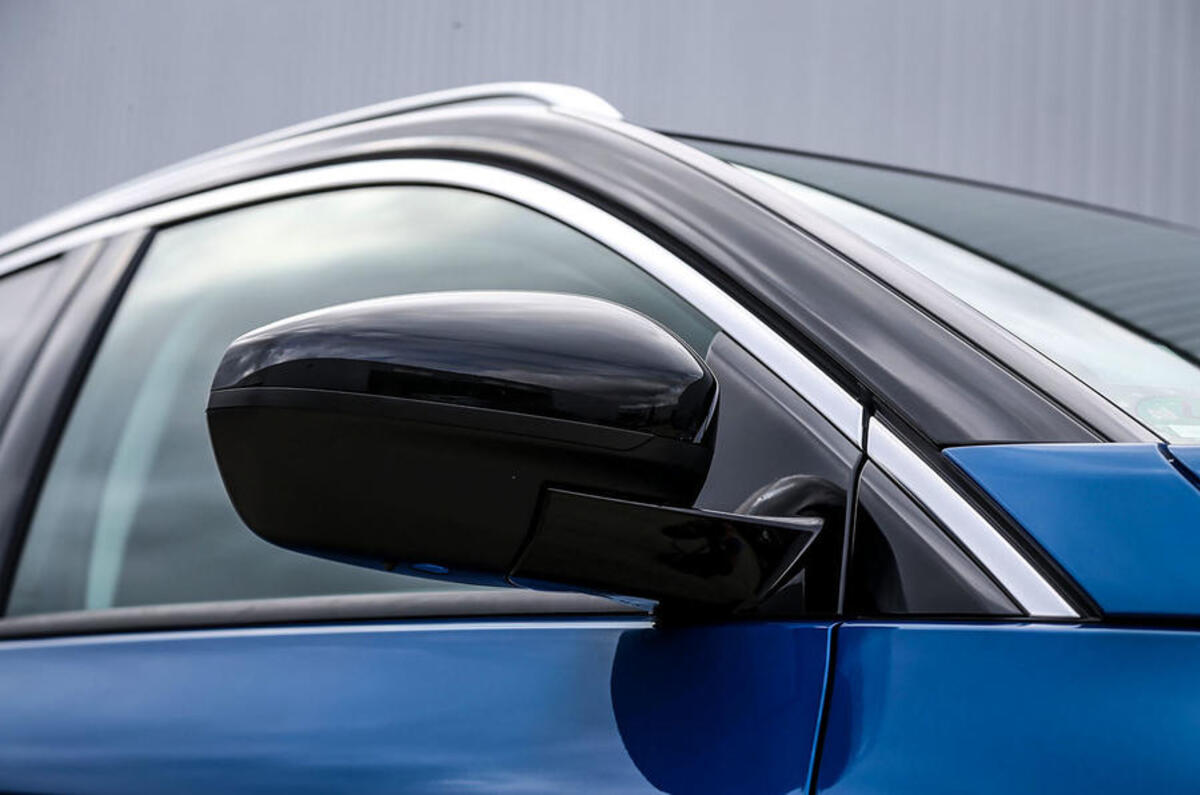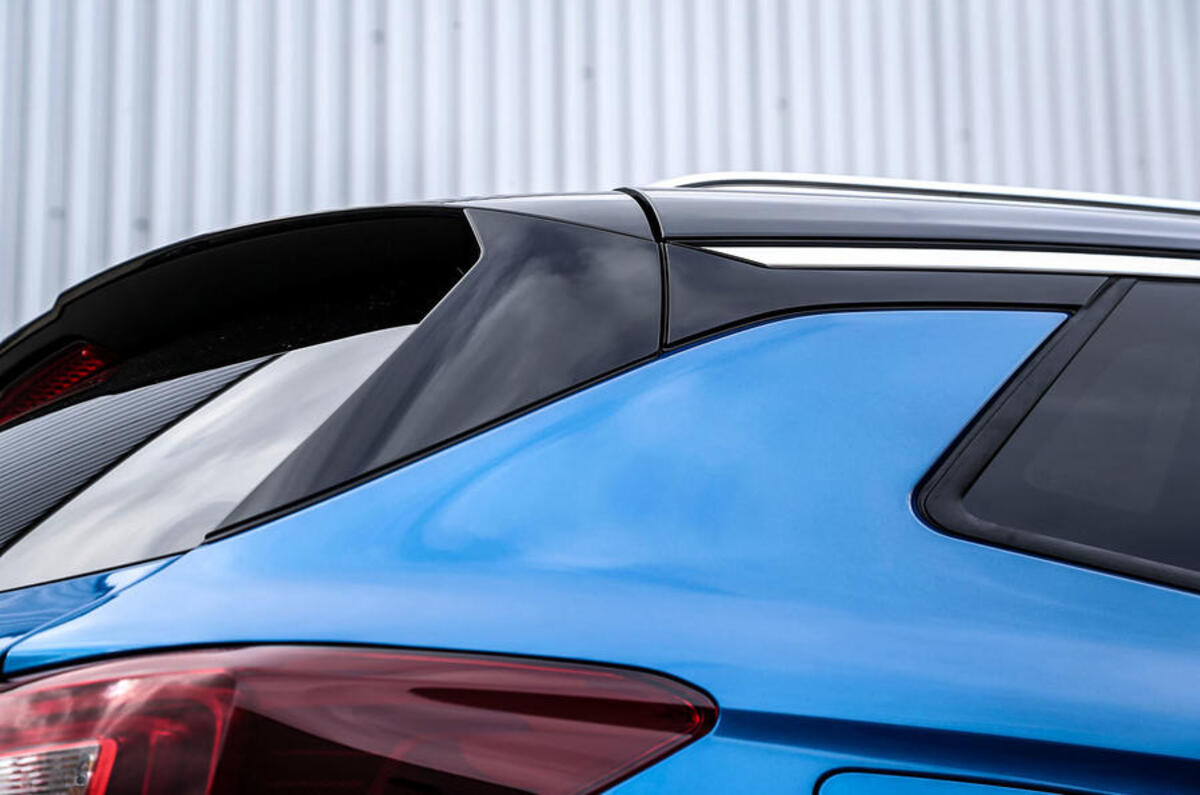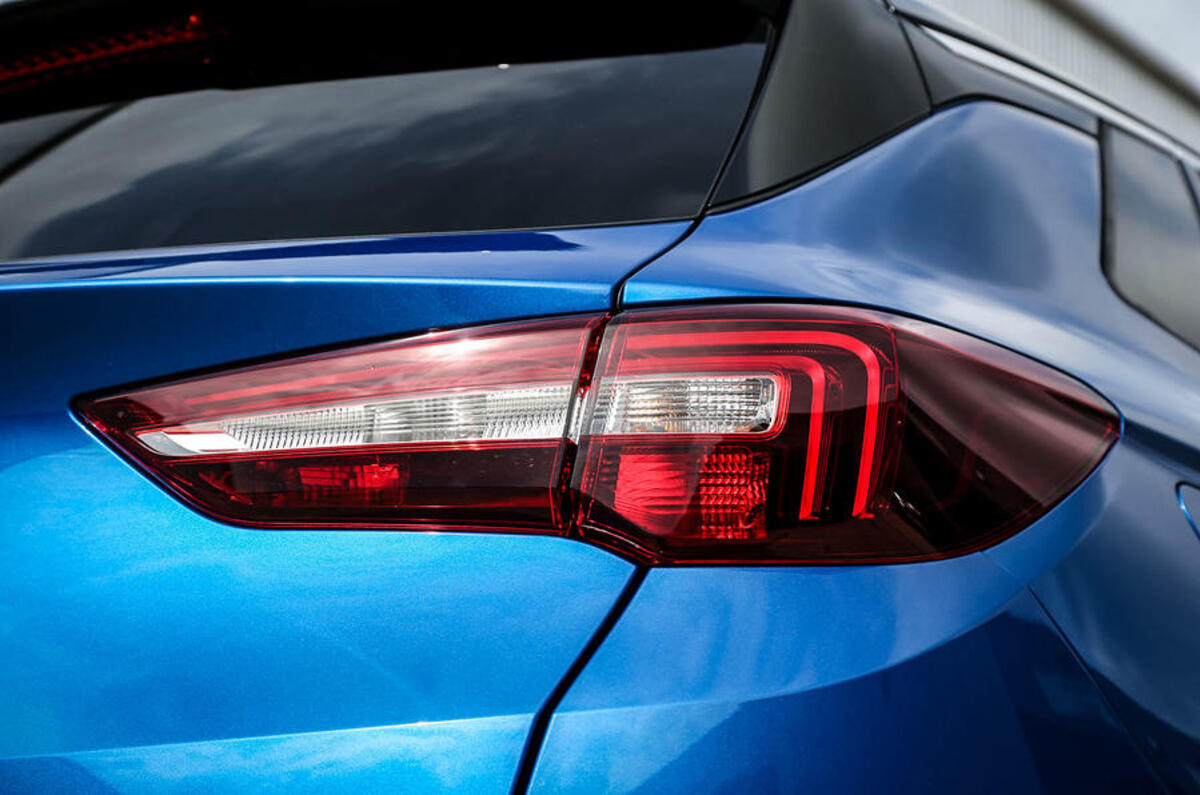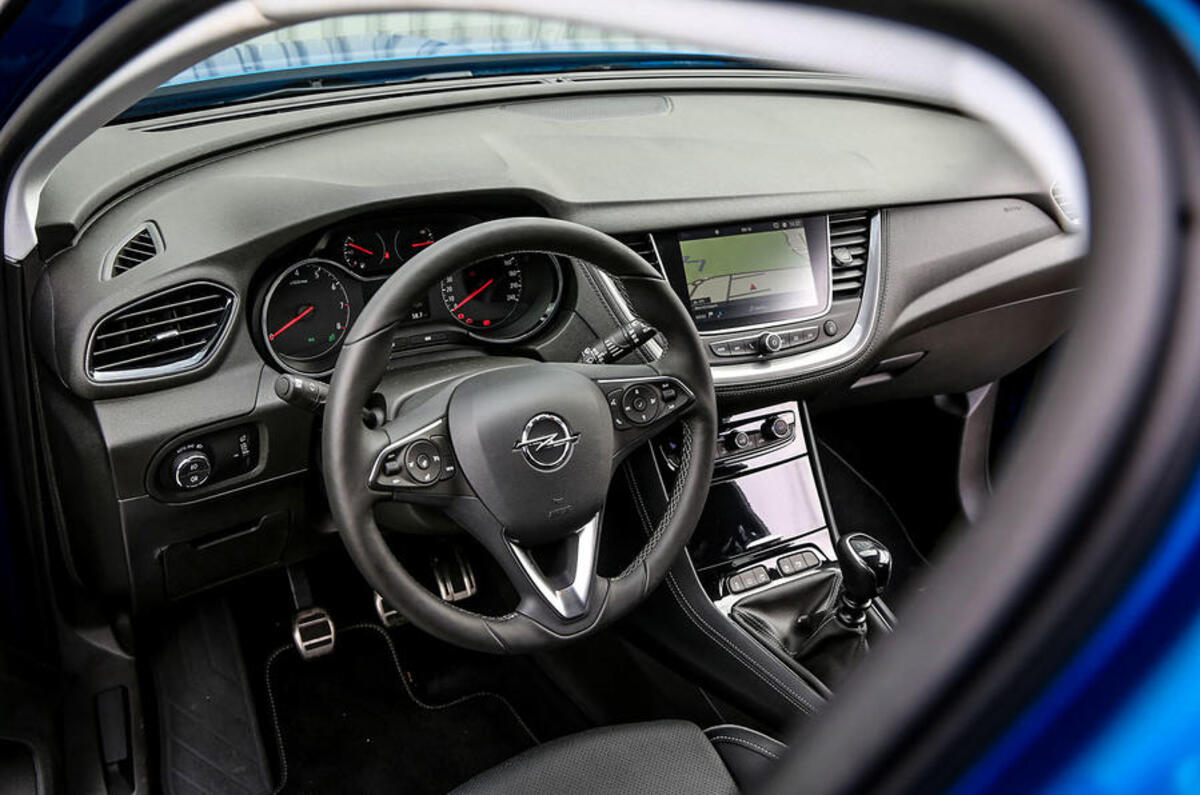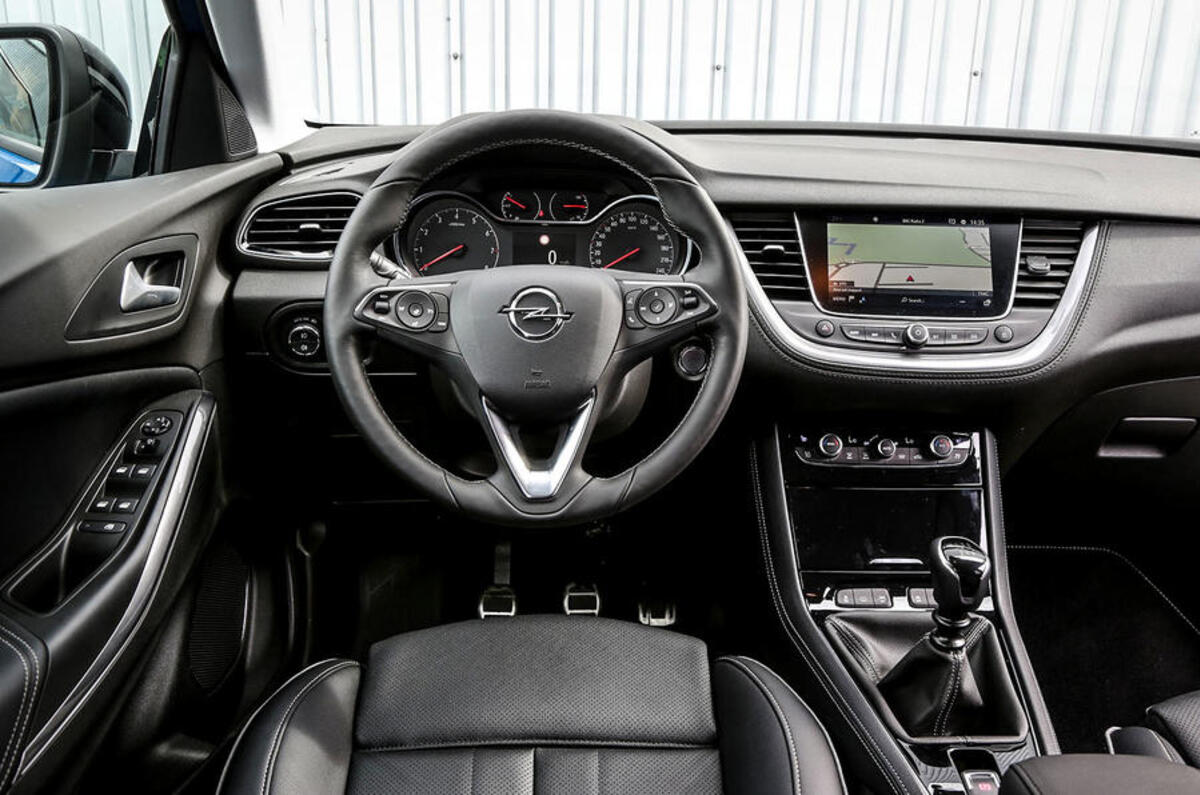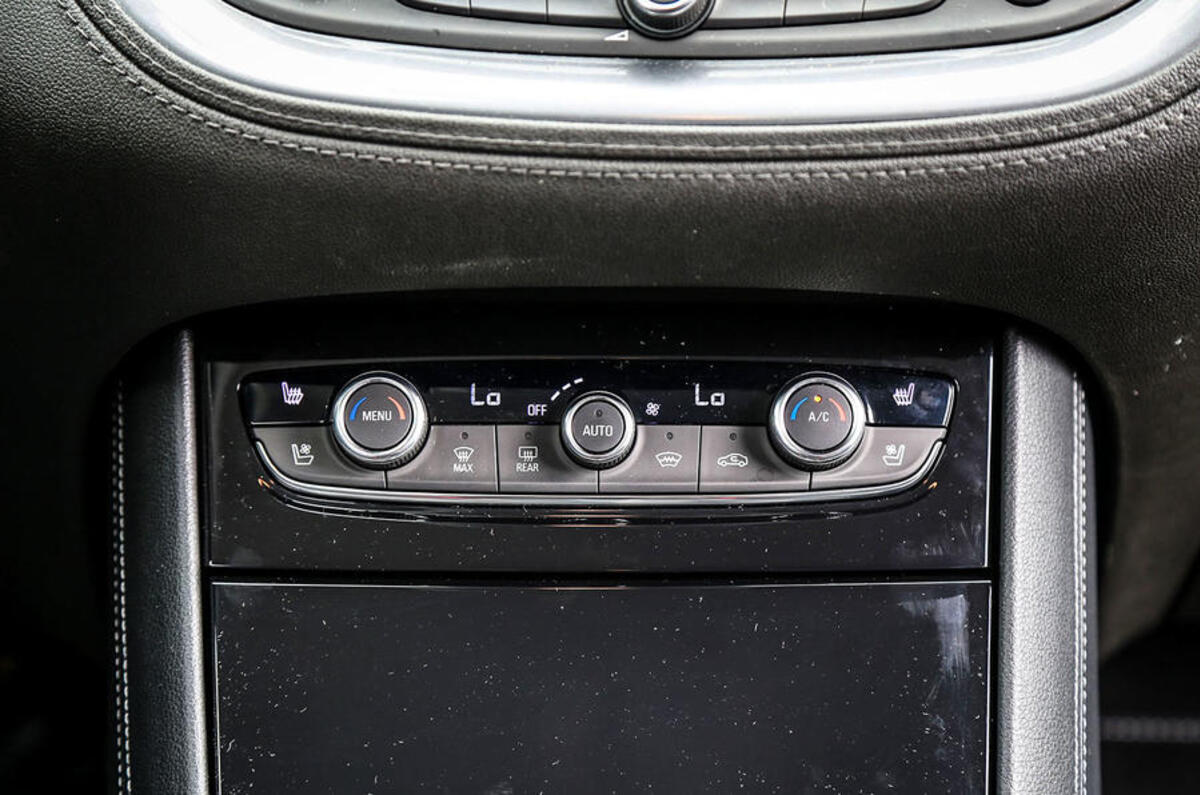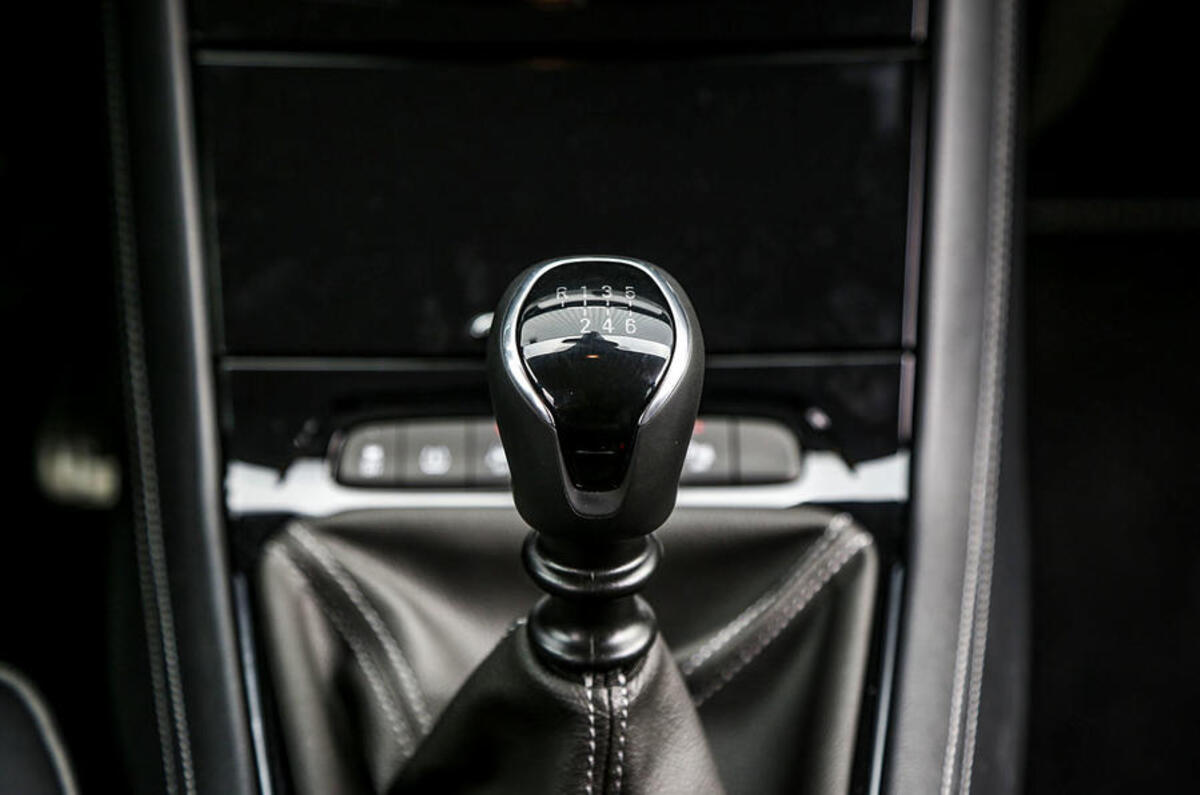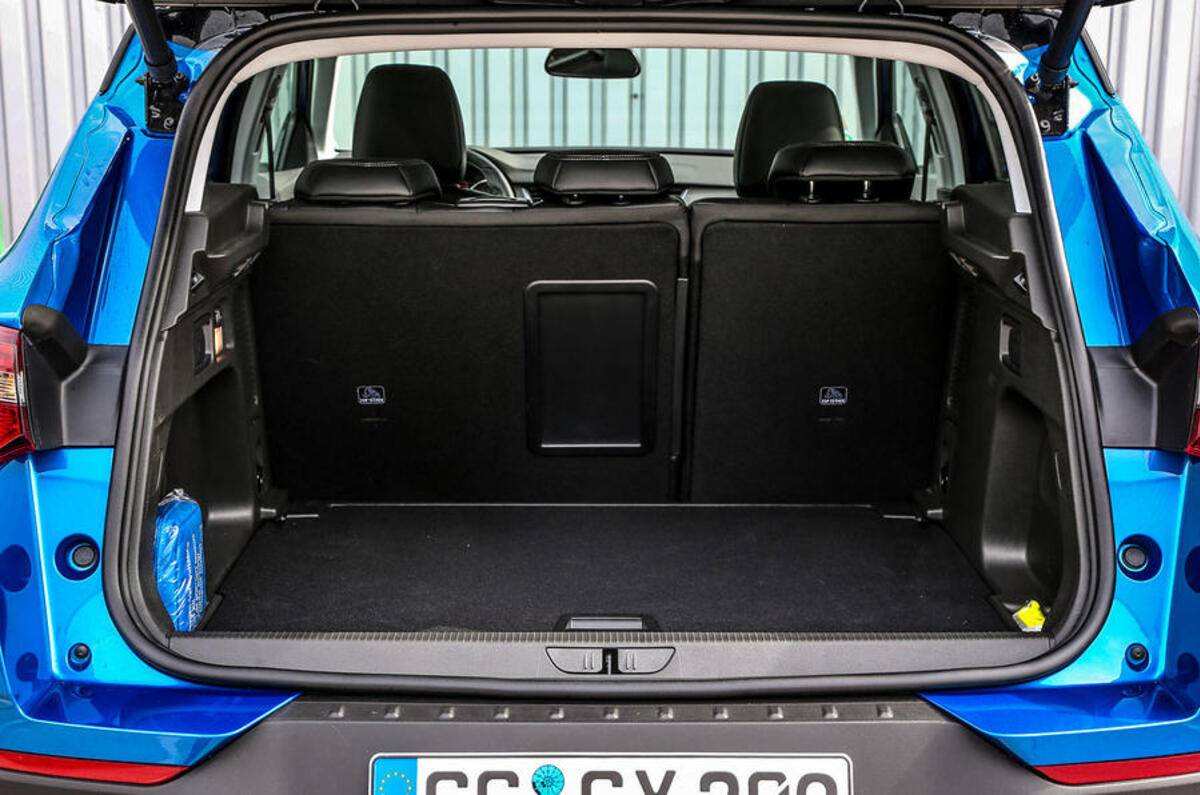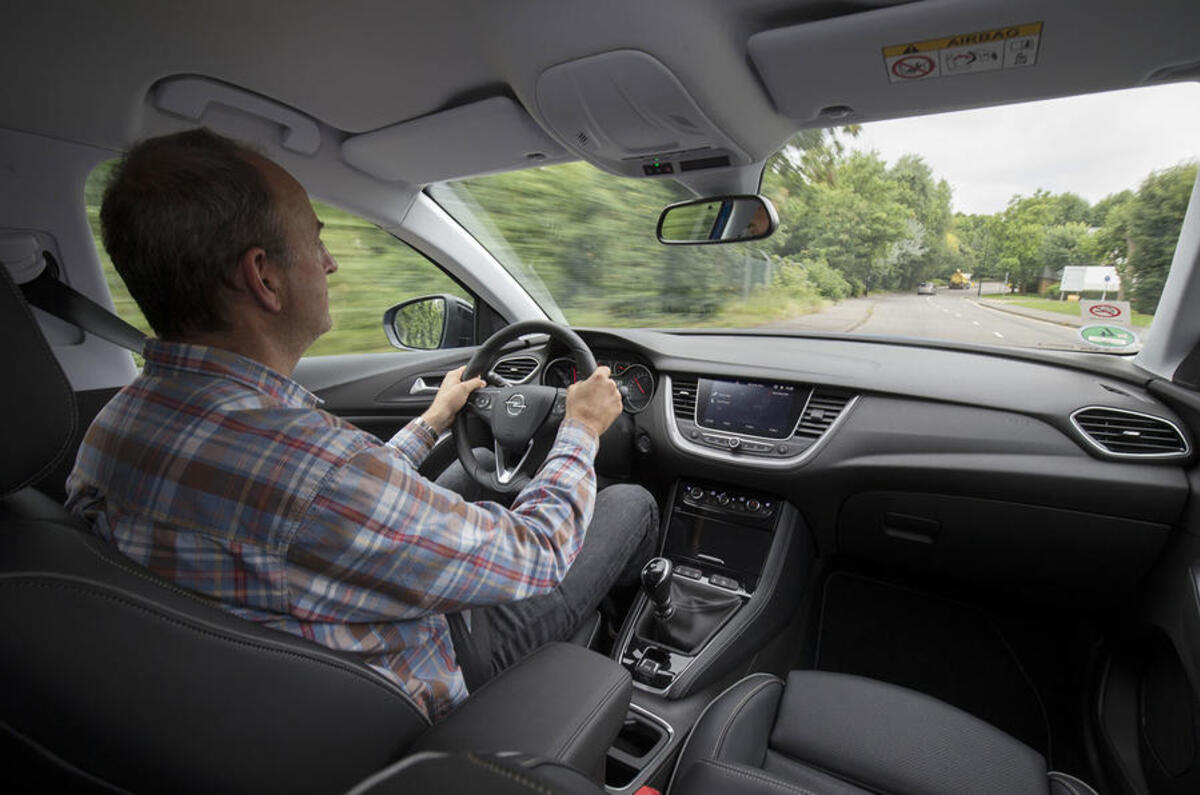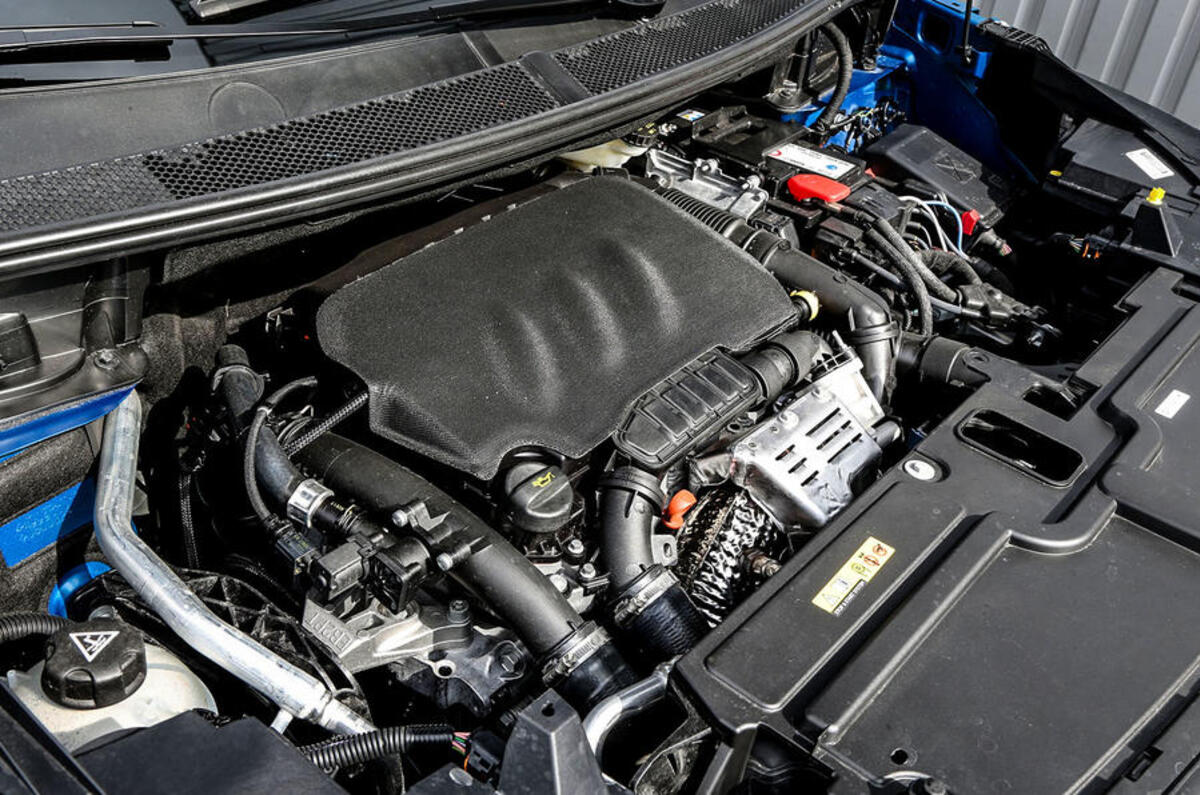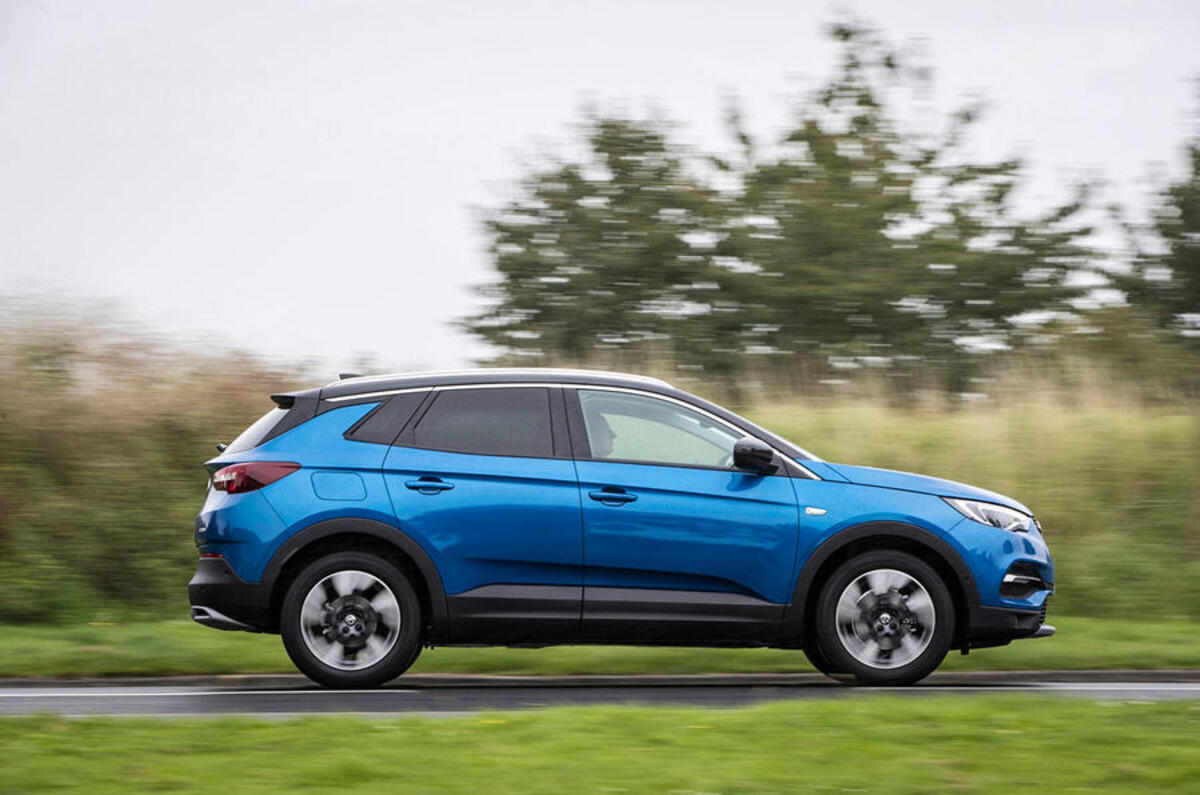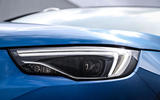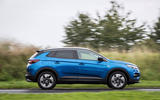If Vauxhall has an issue it is that, far more often than not, it has been too keen to go with the popular flow. Instead of blazing a trail itself, it’s been happy simply putting its own take on concepts and classes that already exist.
Rarely, if ever, does a Vauxhall place you at the cutting edge of engineering endeavour, bringing you cars that do things that, in their category, have never been done before. And the only problem with this is that making your cars really stand out on grounds other than financial can be resultantly quite tricky.
This new Grandland X is just such an example. It brings Vauxhall to the mid-sized crossover SUV class fully ten years after the Nissan Qashqai turned it into a core category. It sits on the same platform as the Peugeot 3008 thanks to a joint venture agreed long before Peugeot’s PSA parent bought Vauxhall and Opel, is powered by PSA engines and is built, you guessed it, in a PSA factory in France.
Looking beyond the Grandland X’s origins
Actually, Vauxhall has done very well to disguise the Grandland’s origins. It may not look as distinctive as the 3008, but its lines are well proportioned, inoffensive and cleaner than most in this class.
Some may find grating the way the car’s stance, brightwork and cladding hint at an adventuring, off-road capability the car absolutely does not have – there is not even an all-wheel drive model and nor does Vauxhall talk of one to come – but it’s a game played to some extent or another by all its rivals and it is the Vauxhall way to join in.


